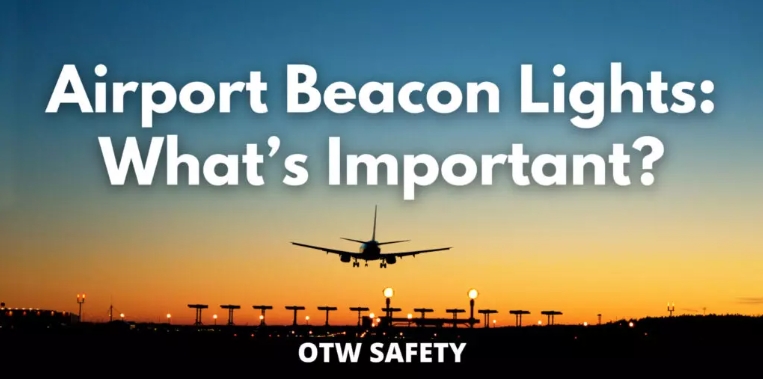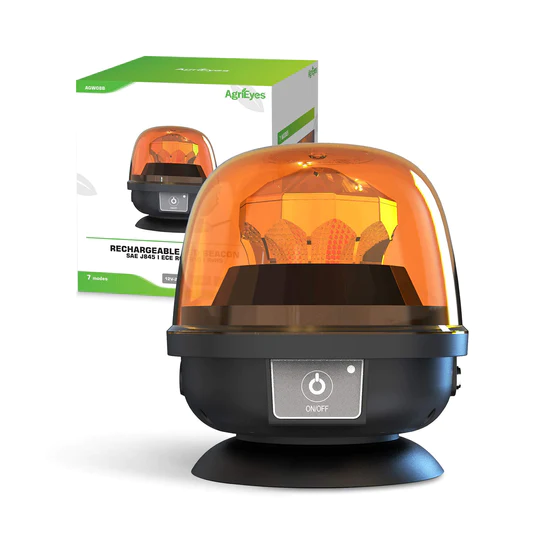In the realm of aviation, safety is paramount, and beacon lights play a crucial role in enhancing visibility and ensuring safe operations both on the ground and in the air. The distinctive blinking lights on aircraft, commonly known as beacon lights, serve as crucial indicators of an aircraft's presence and status.

Beacon lights on aircraft are strategically positioned, typically on the top and bottom of the fuselage, to maximize visibility from various angles. These lights emit a bright, rhythmic flash, making them easily distinguishable against the night sky or during adverse weather conditions. The use of beacon lights is not only a regulatory requirement but also a fundamental aspect of aviation safety protocols.
Beyond their role in signaling an aircraft's presence, beacon lights serve as a communication tool on the ground. The distinctive patterns of light indicate specific statuses, such as engine startup or shutdown, providing valuable information to ground personnel and fellow aviators.
With advancements in technology, modern aircraft beacon lights are now equipped with energy-efficient LED technology, reducing power consumption and environmental impact. The integration of intelligent systems allows for automated control, ensuring that beacon lights operate seamlessly and contribute to overall aviation safety.

In conclusion, beacon lights in aviation are more than just illuminated markers; they are vital components of the safety infrastructure. Their distinctive flashes not only enhance visibility but also communicate critical information, ensuring that the skies remain safe and secure for all air travelers.